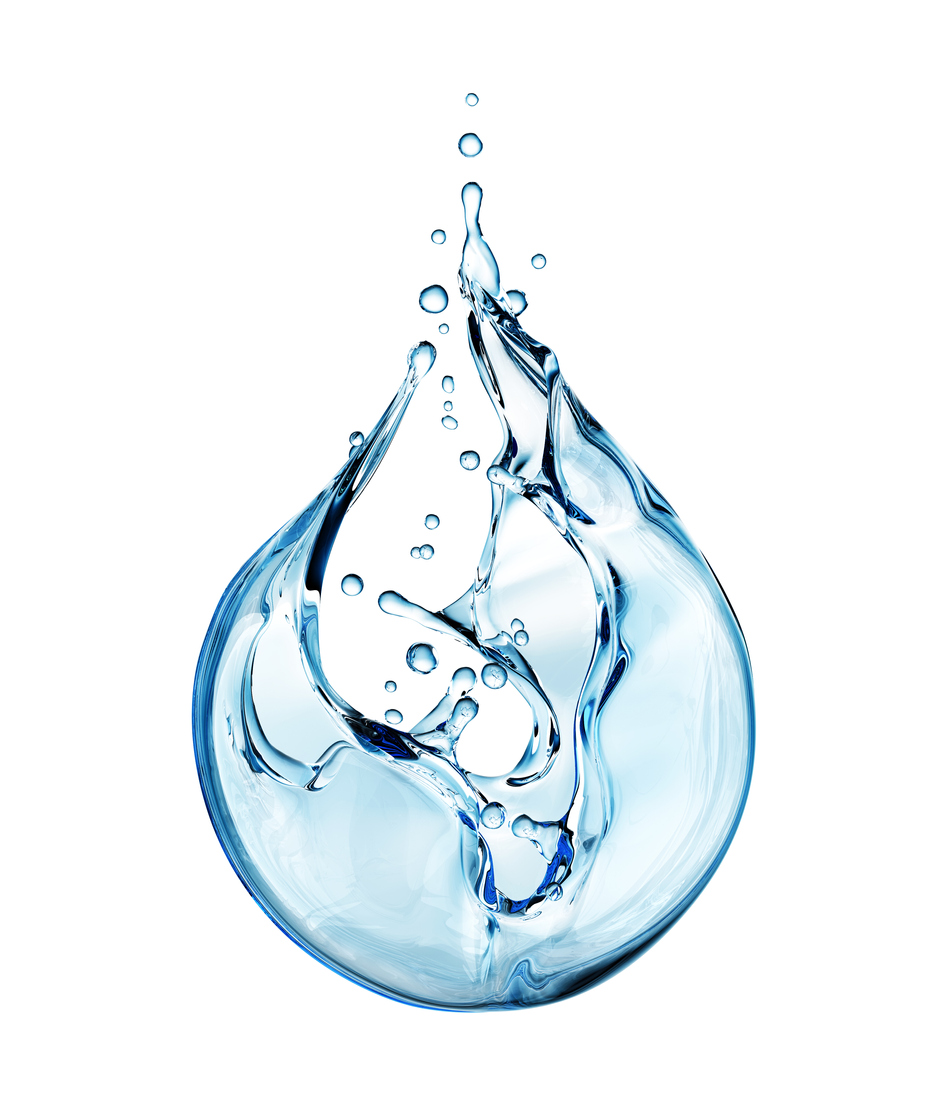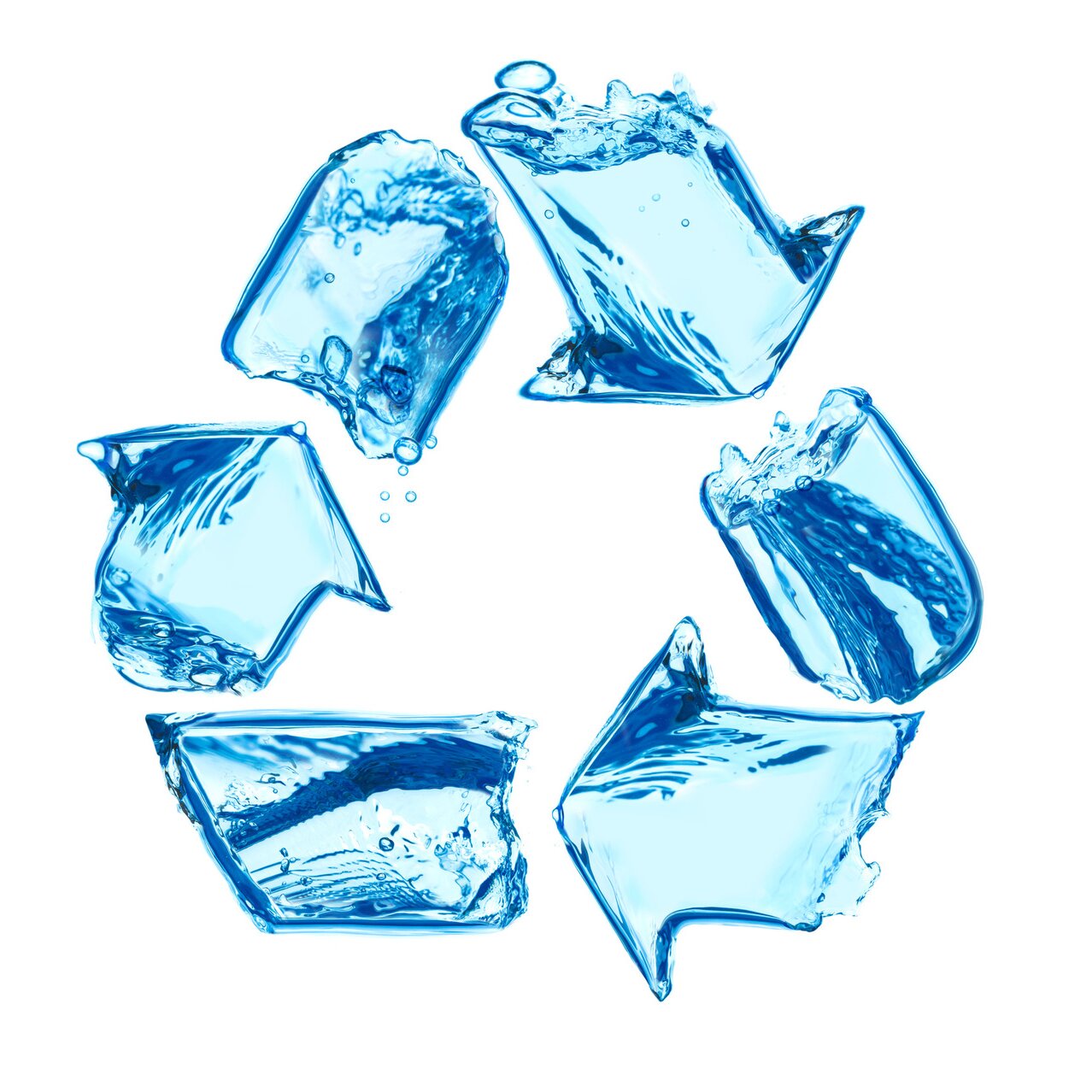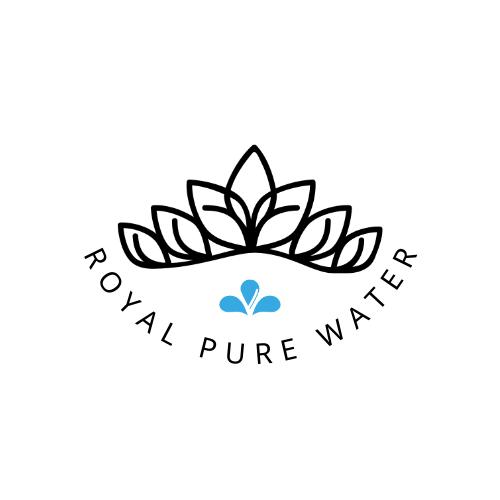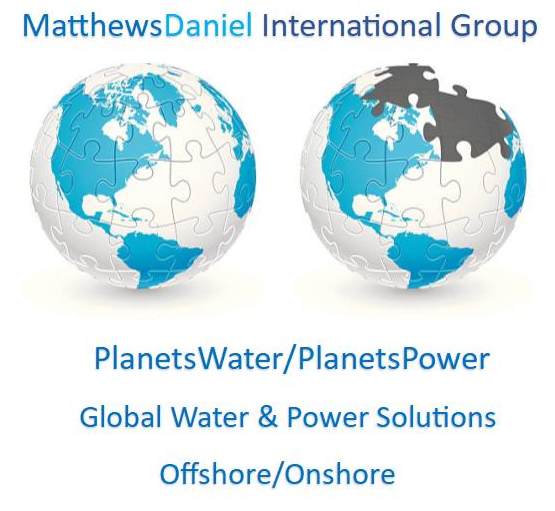We are the world’s leading provider of AWG and PMG technology.
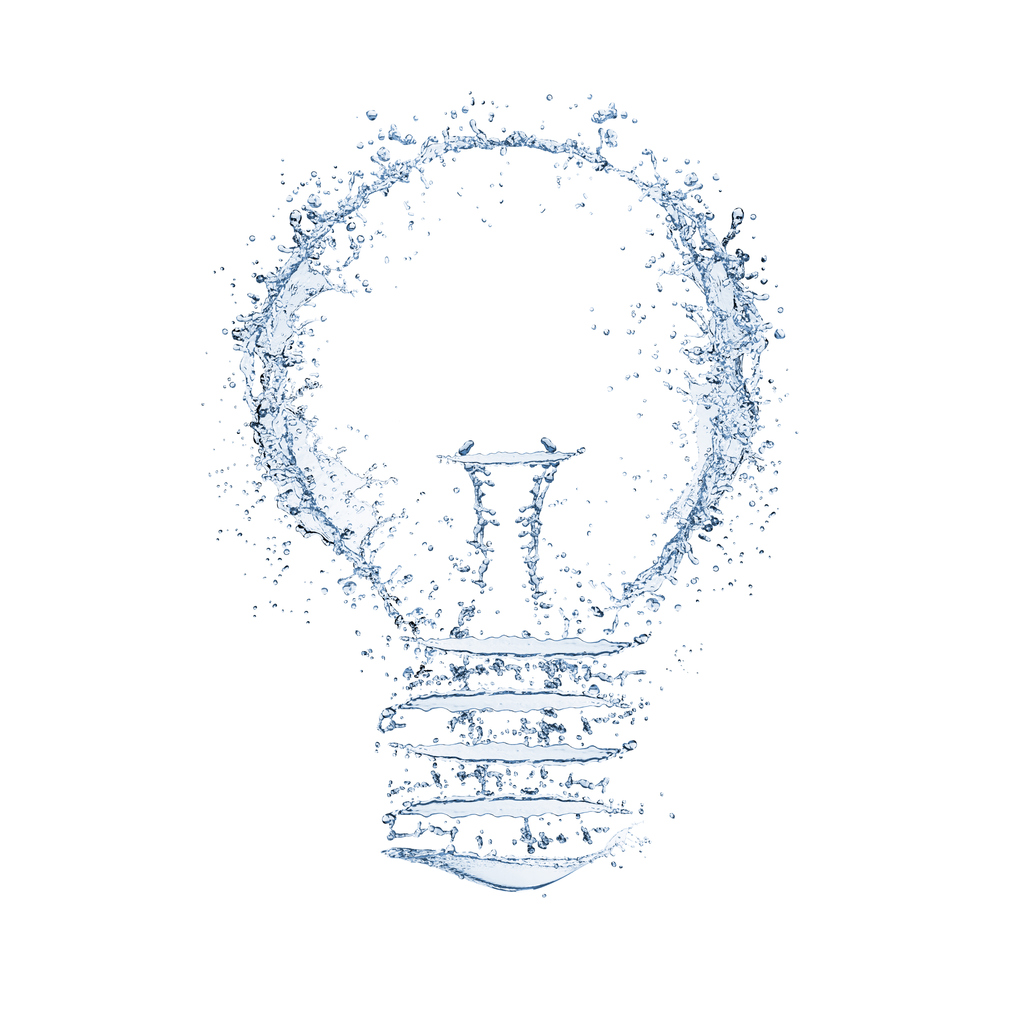
The future of power & water begins now
Reimagining the power of water & energy.
The Global Demand For Water
The global demand for water and power has been steadily increasing, posing significant challenges in terms of resource availability and sustainability. To address this growing concern, innovative technologies like PlanetsWater and PlanetsPower have emerged as game-changers. This report presents a fact-based analysis of these revolutionary technologies, their eco-friendly and cost-effective nature, and the myriad benefits they offer in combating the ever-increasing global demand for water and power.
PlanetsWater and PlanetsPower Technology
Atmospheric Water Generators (AWGs)
Atmospheric Water Generators extract moisture from the air and convert it into clean, potable water through a condensation process. These generators utilise cutting-edge technology to efficiently harvest water from the atmosphere, making them an environmentally friendly and sustainable solution.
Permanent Silent Magnetic Power Generators (PMGs)
Permanent Silent Magnetic Power Generators harness the power of magnets to generate electricity without the need for traditional fossil fuels or external power sources. They operate silently and continuously, offering a reliable and renewable source of clean energy.
Benefits of PlanetsWater and PlanetsPower Technology
Sustainable and Eco-Friendly
Sustainable and Eco-Friendly
Reliable and Self-Sufficient
Reduced Environmental Impact
Accessibility and Disaster Resilience
PlanetsWater and PlanetsPower technologies represent a revolutionary step towards addressing the global demand for water and power while prioritising sustainability, cost-effectiveness, and eco-friendliness. The combined use of Atmospheric Water Generators and Permanent Silent Magnetic Power Generators offers a holistic solution to the challenges of water scarcity and energy generation. Embracing these innovations can help reduce the environmental impact, improve resilience, and create a more sustainable future for all. The adoption of these technologies should be encouraged and supported to address the pressing needs of our world.
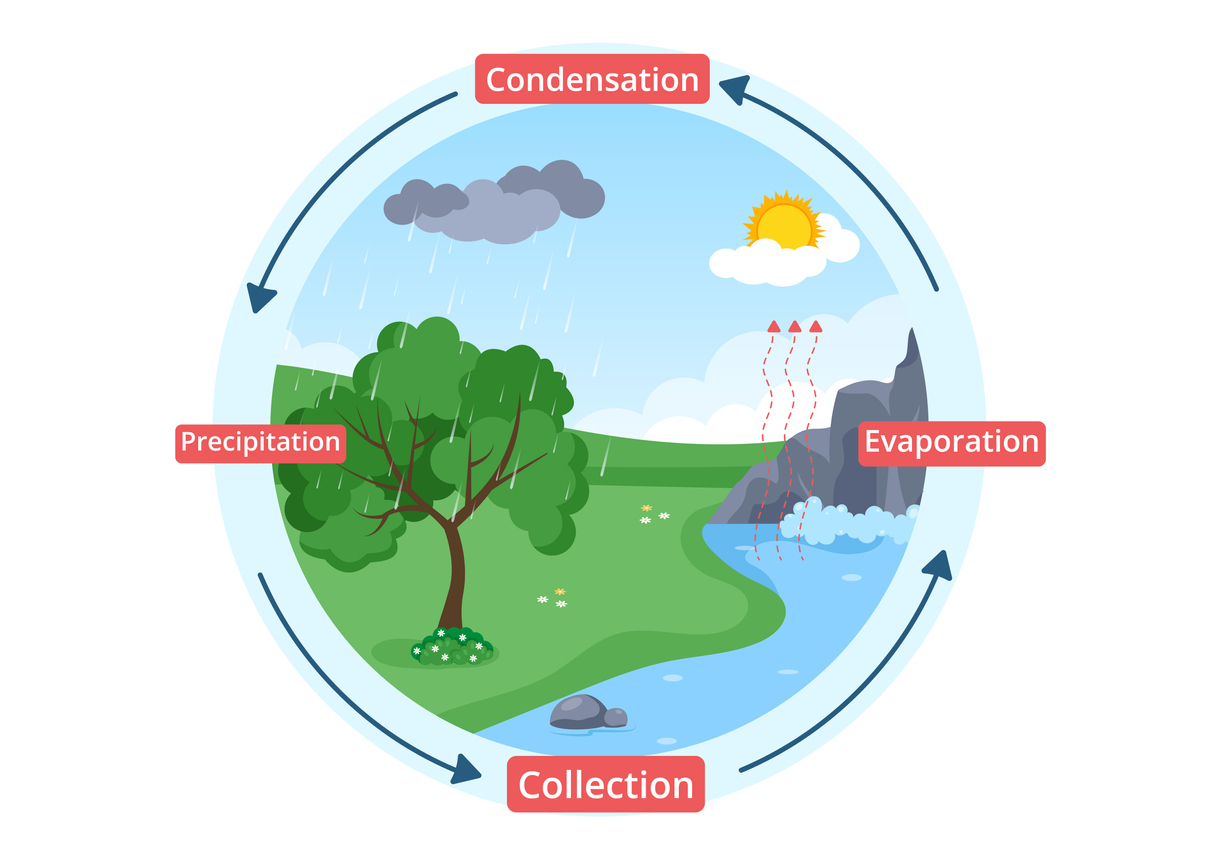
HYDROLOGIC CYCLE
The hydro-logic cycle can be thought of as a series of reservoirs, or storage areas, and a set of processes that cause water to move between those reservoirs. The largest reservoir by far is the oceans, which hold about 97% of the earth’s water. The remaining 3% is the freshwater so important to our survival, but about 78% of that is stored in ice in Antarctica and Greenland. About 21% of freshwater on the earth is groundwater, stored in sediments and rocks below the surface of the earth. The freshwater that we see in rivers, streams, lakes, and rain is less than 1% of the freshwater on the earth and less than 0.1% of all the water on the earth.
Once water vapor is in the air, it circulates within the atmosphere. When an air package rises and cools, the water vapor condenses back to liquid water around particulates like dust, called condensation nuclei. Initially these condensation droplets are much smaller than raindrops and are not heavy enough to fall as precipitation. These tiny water droplets create clouds. As the droplets continue to circulate within the clouds, they collide and form larger droplets, which eventually become heavy enough to fall as rain, snow, or hail. Though the amount of precipitation varies widely over the surface of the earth, evaporation and precipitation are globally balanced. In other words, if evaporation increases, precipitation also increases; rising global temperature is one factor that can cause a World’s increase in evaporation from the world’s oceans, leading to higher overall precipitation. Atmospheric Water Generators utilise natures Hydro-logic Cycle to extract this unlimited amount of water into pure, fresh drinking water without relying on well drilling that continually lowers the fresh groundwater tables.
GLOBAL GROUNDWATER DEPLETION
The world is incurring a vast water deficit. It is largely invisible, historically recent, and growing fast. Because this impending crisis typically takes the form of aquifer over pumping and falling water tables, it is not visible. Unlike burning forests or invading sand dunes, falling water tables cannot be readily photographed. They are often discovered only when wells go dry.
The world water deficit is recent–a product of the tripling of water demand over the last half-century and the rapid World’s spread of powerful diesel and electrically driven pumps. The drilling of millions of wells has pushed water withdrawals beyond the recharge of many aquifers. The failure of governments to limit pumping to the sustainable yield of aquifers means that water tables are now falling in scores of countries.
We are consuming water that belongs to future generations. In some countries, the fall of water tables is dramatic. In Yemen, a country of 19 million, the water table under most of the country is falling by roughly 2 meters a year as water use far exceeds the sustainable yield of aquifers. World Bank official Christopher Ward observes that “groundwater is being mined at such a rate that parts of the rural economy could disappear within a generation”.

